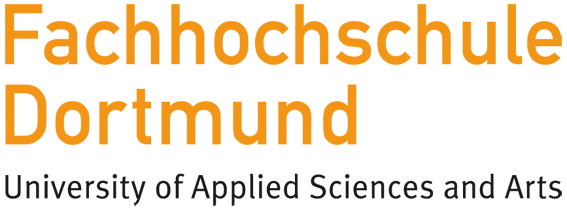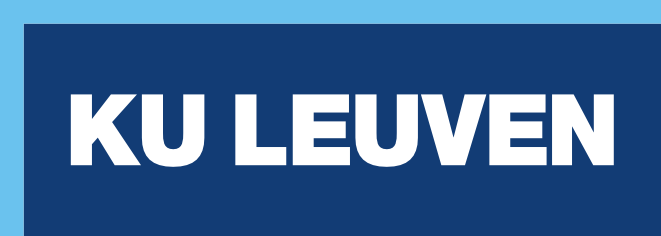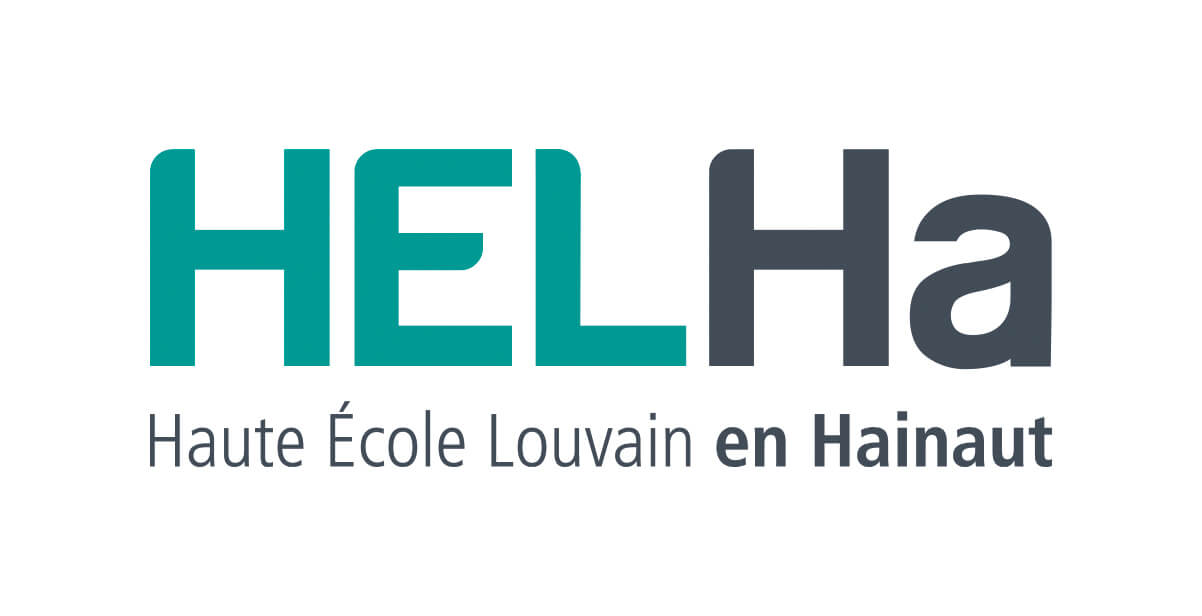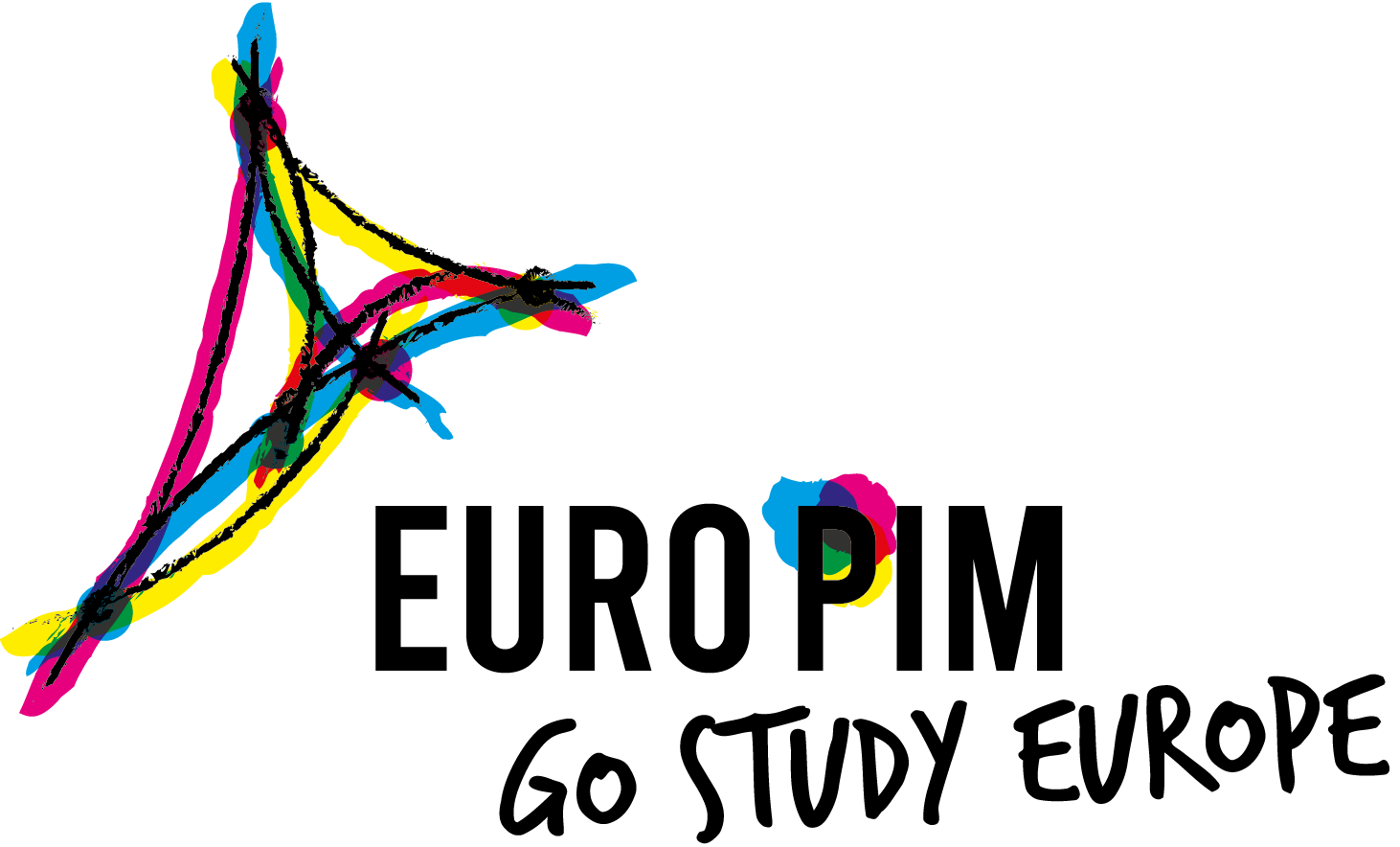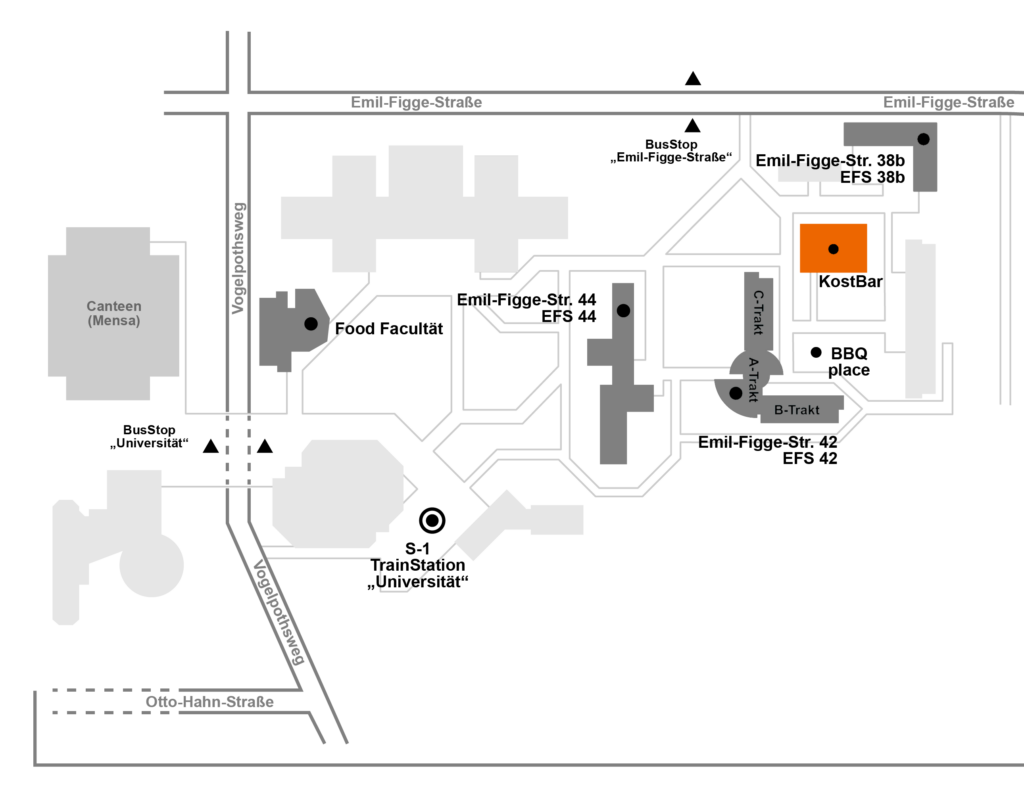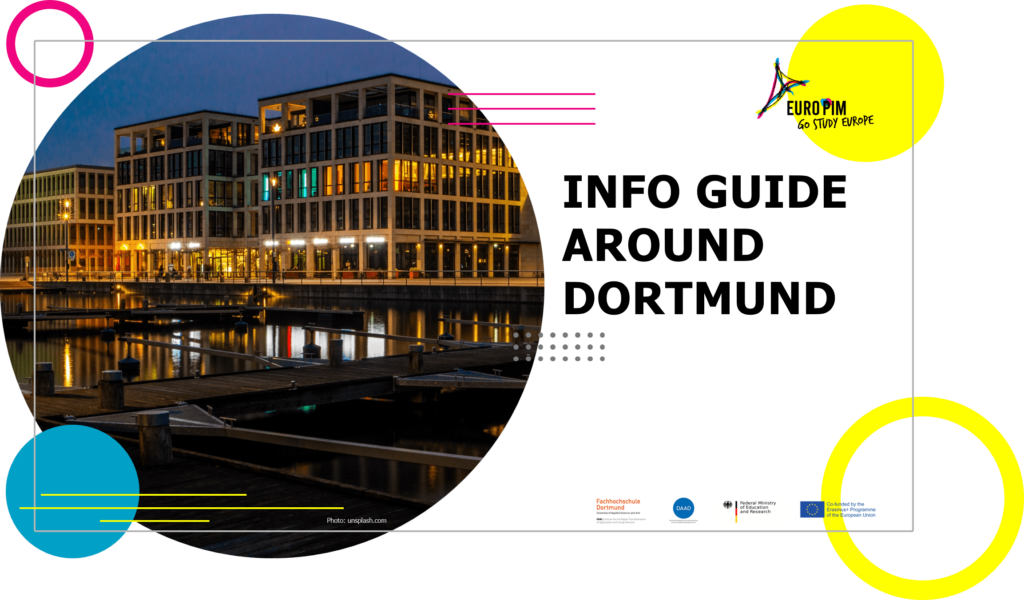Automotive Systems Block Week – 2025
How to Apply?
First of all, please register yourself in our DEE system to be able to access our “Event Planner” service. You will find instructions on how to create an account in the Attached Guide.
As soon as you have your account and you are logged in, you be able to find the event page of our VR/AR Block Week 2025 under this link.
Please if you are interested in joining our event register yourself as soon as possible by clicking on DEE system.
NOTE: Amount of seats is limited
Important additional information about/for BIP registration
Name: Dortmund University of Applied Sciences and Arts
Faculty/Department: Computer Science
Erasmus code: D DORTMUN02
Administrative contact person: Ekaterina Hermann (ekaterina.hermann@fh-dortmund.de); position: international projects coordinator
Responsible person for signing the learning agreement: Thorsten Ruben (thorsten.ruben@fh-dortmund.de); position: international master studies coordinator
BIP title: Automotive Systems Block Week 2025
BIP ID: 2024-1-DE01-KA131-HED-000208976-2
Time frame: The BIP Automotive Systems Block Week 2025, organised by the University of Applied Sciences Dortmundspans over seven consecutive calendar weeks (CWs). It starts with a virtual phase (CW 11), followed by a presence phase of one week (block week CW 12 from 17th to 21st of March ) and a virtual phase (from CW 13 to CW 17)
Content of the virtual component: Students will be divided into several groups and given a specific topic from the automotive world. The students will research relevant literature and prepare a presentation on their topic. At the end of the BIP, the groups will share their results with all other students and the instructor in a colloquium where they will present and discuss their findings.
Course number for Learning Agreement: MOD-E10
Course title for Learning Agreement: Automotive Systems
ECTS: 3
Introduction
Automobiles are complex systems that are composed of mechanical, electric/electronic, and software components. The activity of specification, design, integration, and testing of these components to build a safe, performant, and desirable car is a joint effort of a global network of car manufacturers and their suppliers and sub-suppliers. Automotive system engineering is about orchestrating all these parties and addresses a wide range of engineering and management skills.
All that being said, the complexity of automotive systems is ever-increasing as advanced driving assistance systems (ADAS), autonomous driving (AD), and connectivity capabilities boost the functionality of new vehicles by incorporating novel sensor systems as well as powerful software algorithms.
Due to these developments, the automotive industry is undergoing a deep transformation: established development processes are being questioned, software companies gain importance and the formerly potent car manufacturers fight for their supremacy in the market.
However, one thing persists: the industry’s need for system engineers that have a comprehensive understanding of the system engineering process paired with knowledge in software engineering. The BIP Automotive Systems proposed here contributes to the formation of this type of engineer.
Learning Content and Methods
The BIP Automotive Systems is about automotive systems engineering with a focus on advanced driver assistance systems (ADAS) and autonomous driving (AD). Another focus lays on software engineering.
The backbone of the module are the so-called V-Model and ASPICE, two engineering process models/guidelines that are fundamental in automotive system engineering. Many aspects of these models are explained and numerous examples originating from ADAS/AD are presented.
- V-Model
- ASPICE
- Requirements Management
- System Architecture
- Sensors for ADAS/AD
- Safety and Security
- Software Development
- ADAS/AD Algorithms
- Model-based Development in Matlab/Simulink
- Agile Methods
- Software Testing
- System Validation
Teaching in this module will utilize diverse methods:
Lectures and Seminars:
In lectures and seminars, knowledge will be presented and discussed with students. At the conclusion of each segment, a set of questions will be provided to the students online and will be answered immediately so that the lecturer can give direct feedback as well as additional explanations.
Practical Work on a Mobile Robot:
An autonomous mobile robot that is available at the Department of Information Technology will be used as a prototype to develop and test the AEB function. Models-based code that is developed in Simulink will be deployed on the robot and tests will be conducted in an indoor laboratory. The tasks will include processing of data from a LiDAR sensor as well as motion control of the robot.
Demonstration of a Test Vehicle and Lab Visit:
The demonstration of an Audi Q7 that is available at the Department of Information Technology and that carries different sensors used in ADAS/AD like radar, lidar and GPS e.g. complements the seminars.
Labs in the Department of Mechanical Engineering will be visited as available. These labs focus on driving function development, vehicle electronics and powertrain engineering.
Development using Matlab/Simulink:
An ADAS function called Autonomous Emergency Breaking (AEB) is presented and will be demonstrated using a Matlab/Simulink simulation. The students themselves will develop, optimize, and test an AEB function in a Simulink simulation environment.
Other algorithms that are crucial to ADAS/AD will be demonstrated through Simulink simulations.
Discussion of White Papers/Scientific Papers:
Current technological trends that are explained in white papers and/or scientific papers will be provided to the students. The students will then briefly present the core ideas of each paper to trigger a discussion between the students and the lecturer.
Third-party Contributors:
Depending on availability, guest speakers from other universities or industry partners will join and present their perspectives.
Also depending on availability, an excursion to an automotive supplier with an R&D site located in Dortmund or a neighboring city is planned.
Assignment:
Students will be divided into several groups and given a specific topic from the automotive world. The students will research relevant literature and prepare a presentation on their topic. At the end of the block week, the groups will share their results with all other students and the instructor in a colloquium where they will present and discuss their findings.
Organizational Framework
The BIP spans over seven consecutive calendar weeks (CWs). It starts with a virtual phase, followed by a presence phase of one week (block week) and a virtual phase as shown in the table below:
| CW | Mon – Fri | Phase | Content |
| CW 11 | 10-Mar – 14-Mar | Virtual Phase | Introduction/Lecture |
| CW 12 | 17-Mar – 21-Mar | Presence Phase/Block Week | |
| CW 13 | 24-Mar – 28-Mar | Virtual Phase | Function Dev. i |
| CW 14 | 31-Mar – 04-Apr | Virtual Phase | Function Dev. i |
| CW 15 | 07-Apr – 11-Apr | Virtual Phase | Lecture |
| CW 16 | 14-Apr – 18-Apr | Virtual Phase | Function Dev. ii |
| CW 17 | 21-Apr – 25-Apr | Virtual Phase | Function Dev. ii |
The schedule for the block week is planned as follows:
| Monday March 17th | Tuesday March 18th | Wednesday March 19th | Thursday March 20th | Friday March 21th | |
| 09:00-10:30 | Seminar Requirements Management | Discussion White Paper | Company Presentation Tbd | Excursion Company tbd | Seminar SW Testing |
| 10:45-12:15 | Seminar System Architecture | Seminar Safety and Security | Seminar ADAS/AD Algorithms | Excursion Company tbd | Seminar System Validation |
| 12:15-13:30 | Lunch Break | Lunch Break | Lunch Break | Lunch Break | Lunch Break |
| 13:30-15:00 | Seminar Sensors for ADAS/AD | Lab Visits | Exercise Model-based Development | Laboratory Function Integration | Assignment Colloquium |
| 15:30-17:00 | Demonstration Sensors for ADAS/AD | Seminar Automotive SW Development | Exercise Model-based Development | Laboratory Function Validation |
Student Competence Requirements
The target group are bachelor students in their last year as well as master students. Matlab/Simulink will be used in some demonstrations and in hands-on exercises. Basic knowledge of Matlab and Simulink is appreciated, however a Simulink crash course will be given during the block week. Each student should have a laptop computer with a licensed Matlab/Simulink installation.
Social Events
Location
Directions to Sonnenstr. 96 (SON 96) (Block Week Location):
By plane
From Dortmund Airport (DTM):
Take the “Airport Shuttle Bus” towards the direction of Holzwickede station. From there, take the train in the direction “Dortmund Hbf”. Follow the map on the right to get to the SON 96.
From Düsseldorf Airport (DUS):
Take the “S-Bahn S1/S21” towards the direction of Dortmund. Exit at “Dortmund Hbf”. Follow the map on the right to get to the SON 96.
By train (S-Bahn)
S4 from Dortmund-Dorstfeld or Dortmund-Lütgendortmund, “Möllerbrücke” stop:
- Take the elevator on the left to the top.
- Follow the left-hand bend until you reach Möllerbrücke. Stay on the left-hand side and follow the bridge to the end. Then cross the pedestrian crossing.
- Then keep left and follow the road straight ahead for 500 meters.
- Cross three side streets (Arneckestraße / Liebigstraße / Poppelsdorfer Straße), then the SON campus is on the right-hand side.
S4 from the direction of Unna, stop “Möllerbrücke”
Keep left on the platform and follow the path to the next street (Sonnenstraße).
- Cross the street, keep left and follow the path. After crossing Poppelsdorfer Straße, the SON campus is on the right-hand side.
By subway (U-Bahn) and bus:
U42 from the direction of Hombruch and Grevel, “Möllerbrücke” stop
- There is an elevator at the escalators that goes all the way to the top and is suitable for wheelchair users.
- When you reach the “Sonnenstraße” exit, go straight ahead and keep right.
- There is a pedestrian crossing on the left. Cross this. Then keep left and follow the road for 500 meters.
- Cross three side streets (Arneckestraße / Liebigstraße / Poppelsdorfer Straße) and you will find the SON campus on the right-hand side.
By car
The Sonnenstraße (SON) campus is located in the immediate vicinity of the B1 federal highway. The B1 can be reached via the A1, A44 and A45 highways.
From Kamener Kreuz, AK Do/Unna and Westhofener Kreuz
From AK Do/Witten, AK Do-West and AK Do Northwest
Directions to Kostbar, Emil-Figge-Str. 40a (EFS 40a):
By plane
From Dortmund Airport (DTM):
Take the “Airport Shuttle Bus” towards the direction of Holzwickede station. From there, take the train in the direction “Dortmund HB”, then take the “S-Bahn S1” towards the direction of “Bochum”. Exit at “Universität”.Follow the map on the right to get to the EFS 40a.
From Düsseldorf Airport (DUS):
Take the “S-Bahn S1/S21” towards the direction of Dortmund. Exit at “Universität”.Follow the map on the right to get to the EFS 40a
By train (S-Bahn)
By train (S-Bahn):
From Dortmund main station: Take the “S-Bahn S1” towards the direction of “Bochum”. Exit at “Universität”. Follow the map on the right to get to the EFS40a.
By subway (U-Bahn):
Take the metro U42 from the stop “Reinoldikirche”, direction Hombruch. Exit at the stop “An der Palmweide”. You can take several buses from there to campus (445, direction Otto-Hahn-Straße, 462, direction Huckarde Bushof) and 447, direction Huckarde Bushof. Exit at the stop ‘Emil Figge Strasse’ or ‘Dortmund Universität’.
Please, remember that when you go by bus in Dortmund in order to get off, you have to push the red button BEFORE your stop. Otherwise, the bus may not stop at all at the stop you need. All stops are announced.
By car
The campus is closely located to the autobahn intersection “Dortmund West”, where the autobahn A45 crosses the autobahn B1/A40. Take the exit “Dortmund Dorstfeld” on B1/A40 from where road signs lead you to the Technical University (TU Dortmund), FH Dortmund is located in the same area.
Info Guide
In the Info Guide you can find information about:
- accommodation possibilities;
- public transportation;
- places to eat and entertain;
- other additional hints.
Contact us
Event Coordinator:
Ekaterina Hermann
ekaterina.hermann@fh-dortmund.de
Content-related questions:
Prof. Dr.-Ing. Björn Schäfer
bjoern.schaefer@fh-dortmund.de

